WOG ‘84
The 14th Winter Olympics were held in Sarajevo from 8th to 19th of February, 1984. According to the president of the International Olympic Committee at that time, Juan Antonio Samaranch, Sarajevo Olympic Games were the best ever organized Winter Olympic Games.
On the way to this grandiose work, the capital of BiH had to go through phases of fantasy and challenge, disbelief and doubt, persuasion and confirmation, and most importantly - work enthusiasm and victory celebration. For a long time, people dreamed of the most beautiful winter fairy tale and sports workers developed their plans to finally announce their candidacy, win the Games and organize them in a magnificent way.

© 1984 - Comité International Olympique (CIO)
The first ideas about this brave endeavor sparked in the late 1960s and early 1970s in the studies on the development of skiing and winter tourism in Bosnia and Herzegovina. In the related discussions in 1970, it was concluded that the Sarajevo region has its own natural possibilities for organizing the Games, but that a lot of persistent work has to be done in all fields in order to make the dream come true.
It was a fortunate circumstance that at the same time the Program of Environmental Protection was initiated, through which a large investment project on the reconstruction and expansion of the entire city infrastructure was realized in a few years, with the installation of the gas system, which allowed Sarajevo to apply for the organization of the largest sporting event.
The very desire to organize the WOG was a cause for a new challenge with a well-defined goal - to win the Games!
In April 1971, the first analysis of social justification and possibilities of organizing the Winter Olympic Games in Sarajevo were completed. The material was carefully considered by a small circle of responsible people, but for objective reasons it was not officially presented to the public. Prior to that act, it was necessary to build an atmosphere of trust and motivate all forces without which the endeavor could not be carried out. This lasted until March 1977, when the study was drafted and sent to the Presidency of BiH, where it was considered at the session on 13th of May. The Presidency decided not to adopt it and did not even point out the WOG as a fact. However, the Presidency of BiH concluded that activities should be continued in considering the possibility of building winter centers in the Republic.
That was enough for the working group to, in addition to gathering broader information, especially about economic parameters, further develop the idea of candidacy. The activity was intensified, so the working group grew into the Preparatory Committee, which was run by the former mayor and president of the Ski Association of BiH, Dane Maljković. By 10th of September, the starting material had received its final form, after which the text of the candidacy and letters to the Yugoslav Olympic Committee, the Yugoslav Federation for Physical Culture, the Sarajevo City Assembly, the Republic Executive Council and the Federal Executive Council were drafted, because the candidacy procedure could not continue without their consent.
This lifted the veil of secrecy from the "Olympic study" and on October 14, 1977, the newspapers were filled with the news that Sarajevo would run for the organization of the 1984 Winter Olympics. At that time, it was known that France, Japan, Sweden and Czechoslovakia also wanted the "White Olympics", and that Yugoslavia and Sarajevo were given little chance in that competition.
However, that is not what the creators of our Olympic project thought. They were convinced that what they were doing was leading them to the final goal. They were only worried about the consents, which arrived gradually and slowly, and time passed quickly, so on 19th of November, they sent a letter to the International Olympic Committee with a request to move the deadline for submitting the candidacy from December 1 to December 31. At the same time, the Preparatory Committee grew into the Candidacy Committee on 21st of November, and a team of experts completed all the answers to the IOC questionnaires by mid-December and determined the locations of sports and other facilities necessary for the Games. At that time, the president of the IOC, Lord Killanin, was convinced that Sarajevo was a serious candidate.
A special guarantee was given by the Federal Executive Council, which on November 24, removed all dilemmas and announced that the City of Sarajevo and the Yugoslav Olympic Committee were applying as candidates for the 1984 Games.
The candidacy was announced at the IOC office in Lausanne on January 3, 1978.
This was followed by numerous inspections by international experts who checked the reality of the promises in Sarajevo and assessed the possibilities of our capital city. All this lasted until May 18, when the IOC made a final decision at its session in Athens.

KILLANIN, IOC President (until 1980). On the background: Juan Antonio SAMARANCH, IOC President (from 1980) (2nd
from the right). On his left : Anton SUCIC, OCOG Vice-President.
© 1978 - Comité International Olympique (CIO)
Three cities were in competition: Sapporo, Gothenburg and Sarajevo. In the first round, Sapporo received 33, Sarajevo 31, and Gothenburg 10 votes, while one ballot was invalid. With the elimination of Gothenburg, IOC members in the second round opted between Sapporo and Sarajevo. In this competition, Sarajevo won with 39:36 and won the Games. Lord Kilanin solemnly announced: "Sarajevo, Yugoslavia, are hosting the 1984 Winter Olympics."Sarajevo was receiving congratulations from all sides, and the city soon became a huge construction site, because at the time of winning the Games, it had only one ice rink in "Skenderija" and a modest ski center on Jahorina. Everything else had to be built as fast as possible.
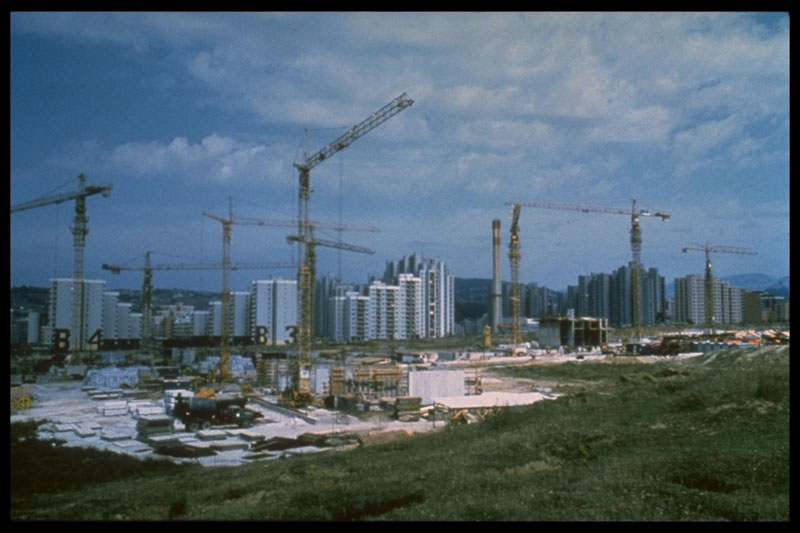
© 1984 - Comité International Olympique (CIO)
As the time passed by, various beautiful facilities have sprung up: “Zetra”, bobsled and luge run, ski jumps, halls, "white stripes", cable cars, hotels, Olympic Village and a journalist settlement with 2,640 apartments, roads in the direction of the mountains and 28 winter sports centers in Republic, who confirmed that the Olympics, with all its humanistic and sports achievements, is a development opportunity for BiH.
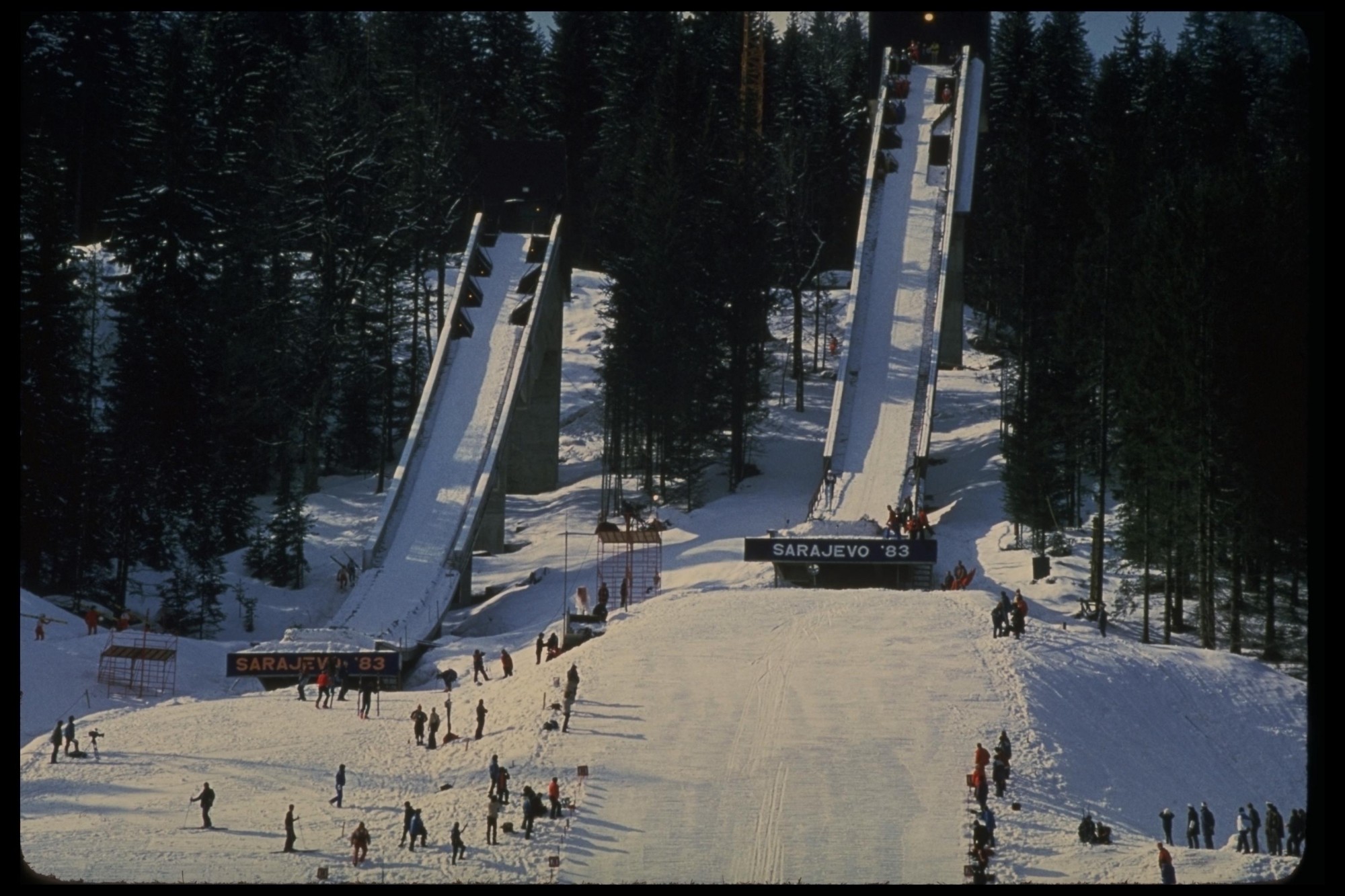
© 1984 - Comité International Olympique (CIO)
All sports facilities were completed and equipped by the fall of 1982. The organizational structure was constituted at the same time, so on April 24, 1980, an Organizing Committee with 79 members was formed, headed by President Branko Mikulić and Secretary General Ahmed Karabegović. The then president of the Provisional Committee, formed on July 13, 1978, Anto Sučić, was appointed president of the Executive Committee, and on December 21, 1981, Artur Takač was appointed technical director of the WOG.With 4.200 collective and 1.200.000 individual donors in the country and abroad, with youth work brigades and tens of thousands of volunteers directly involved in the preparations for the Olympics, Sarajevo, realizing a financial surplus of 12 million dollars, successfully completed all tasks and was ready for the big day - 08. February 1984.

At the Koševo Olympic Stadium, exactly at 2.30 pm, fanfares marked the beginning of the ceremony. On behalf of the organizers, the guests were greeted by the President of the Organizing Committee Branko Mikulić, and the President of the IOC Juan Antonio Samaranch, who with the best wishes of the world Olympic family, announced that the world will witness the "Great Games" in Sarajevo. Then, the President of the Presidency of the SFRY, Mika Špiljak, officially opened the WOG.
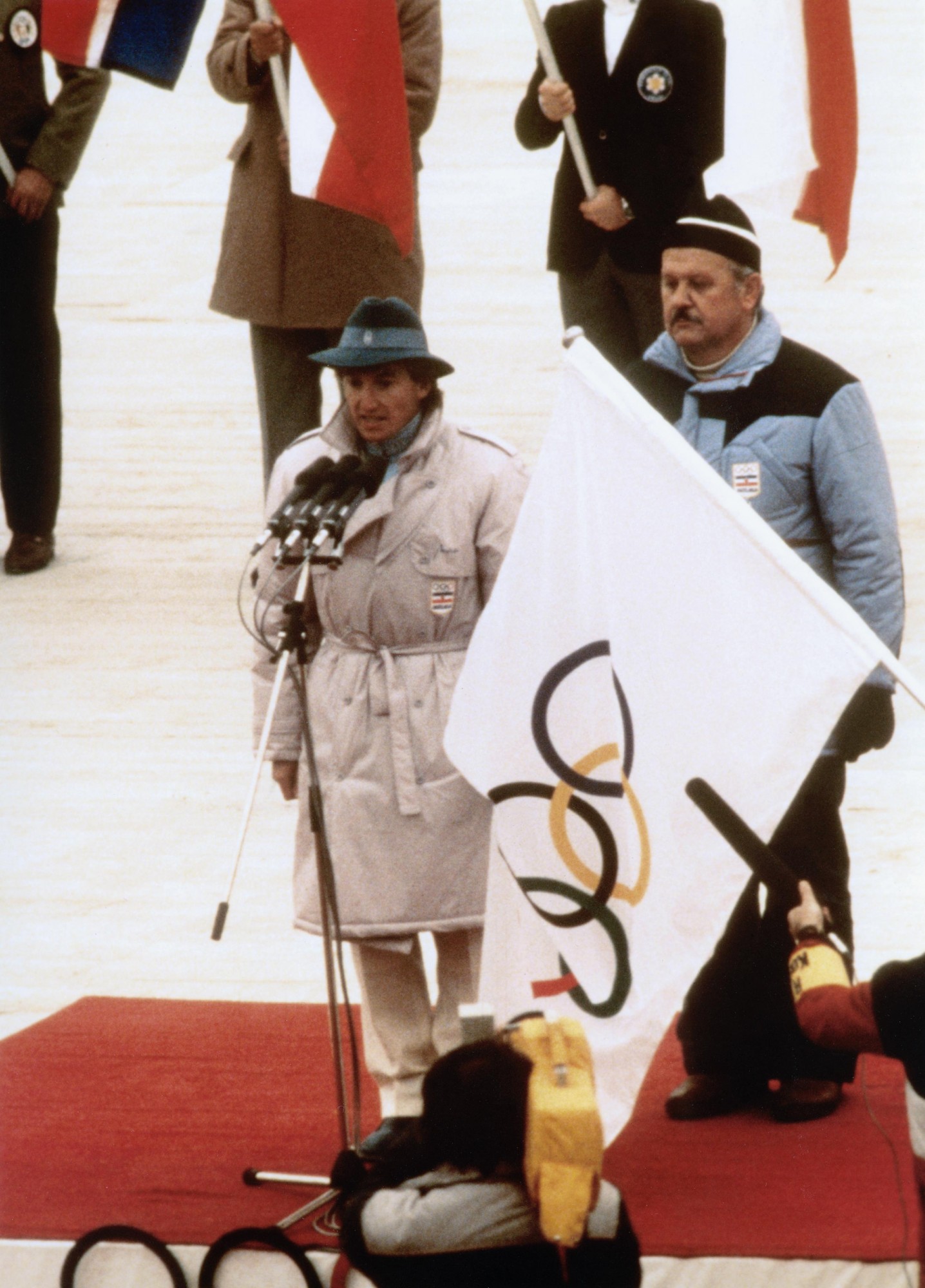
© 1984 - Comité International Olympique (CIO)
The Olympic flame was turned into a big torch by the skater Sanda Dubravčić, and the Olympic oath was taken on behalf of all participants by the ace of white tracks Bojan Križaj, and on behalf of the judge from Sarajevo Miodrag Perović.
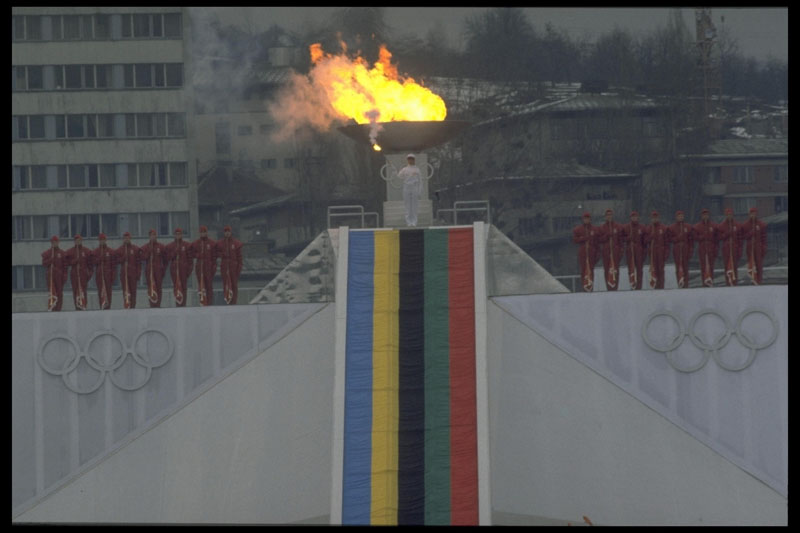
Olympic bowl.
© 1984 - Comité International Olympique (CIO)
The competitions started the day before, with a strong universal and humanistic message from the mayors of Sarajevo and Los Angeles, Uglješa Uzelac and Tom Bradley, which they sent to the world in a symbolic way, by saying that peace reigns among countries and peoples, for the benefit of young people who carry the flame of sports and humanitarian values inspired by Olympism.
The WOG lasted until February 19, 1984. The Games were attended by 49 countries with 1.437 athletes in 39 disciplines, and 1.254 coaches and managers. They were followed by 7.825 accredited journalists and technical staff from 760 newsrooms and 67 TV stations.
696.000 spectators and 10.450 volunteers were registered, who gave everything they could to make Sarajevo look fabulous and for the Winter Olympics to be the best organized in the history of the Winter Olympics by then.
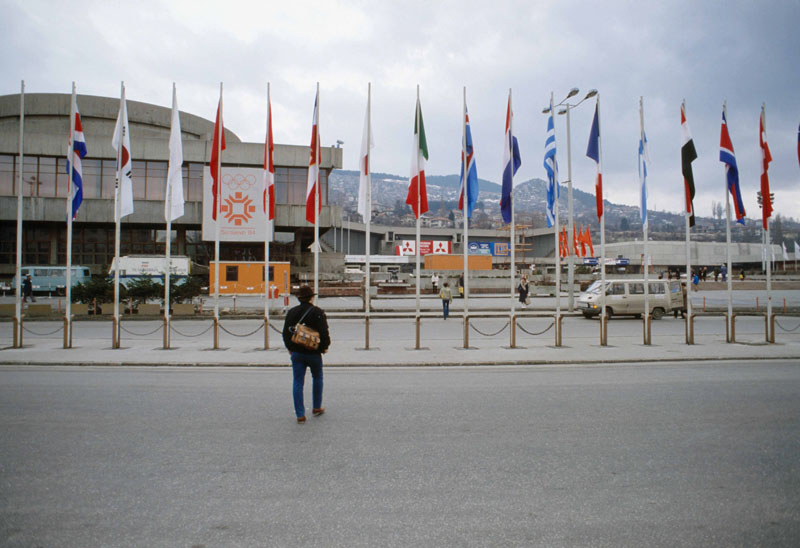
© 1984 - Comité International Olympique (CIO)
Sporting heroes of the Games were above all Scandinavians - Finn Marja-Lisa Hämäläinen Kirvesiniemi with gold in the five, ten and twenty kilometers, and bronze in the 4x5 km relay in cross-country skiing, and the Swede Gunde Swan, who on Igman triumphantly finished the 15 km race and the 4x10 km relay race, and in the 50 km race he won a silver medal.
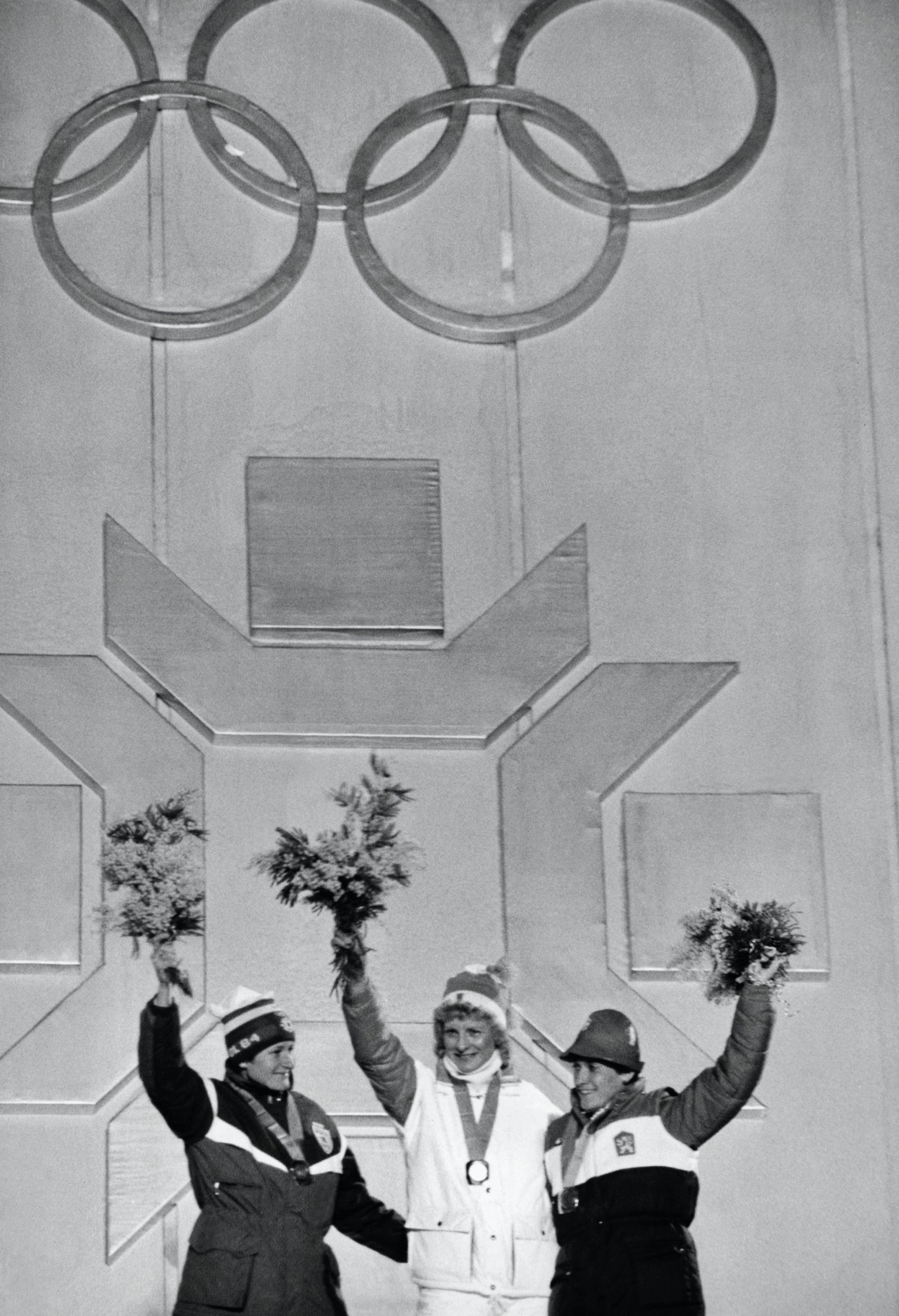
KIRVESNIEMI (FIN) 1st and Kvetoslava JERIOVA (TCH) 3rd.
© 1984 - Comité International Olympique (CIO)
Of course, other winners are remembered as well: the unforgettable figure skating beauty Katarina Witt from the then GDR, American downhill skier Bill Johnson and alpine skiers brothers Phil and Steve Mahre, skier Debbie Armstrong, British figure skating dancers Jane Torvill and Christopher Dean, Italian slalom skier Paolet Magoni, Finnish jumper Matti Nykänen and dozens of other aces, who won 222 medals in 97 competitions.

© 1984 - Comité International Olympique (CIO)

Steven MAHRE (USA) 17th and Phillip MAHRE (USA) 8th.
© 1984 - Comité International Olympique (CIO)

their famous Bolero routine.
© 1984 - Comité International Olympique (CIO) - United Archives

Among them is Jure Franko, with silver in the giant slalom, the first Yugoslav medal at the Winter Olympics. The SFRY team had 72 members, which included biathletes Tomislav Lopatić and Zoran Ćosić from Bosnia and Herzegovina, speed skaters Behrudin Merdović and Bibija Kerla, bobsled players Boris Radjenović, Borislav Vujadinović, Mario Franić, Nikola Korica, Ognjen and Zoran Sokolović, Siniša Tubić and Zdravko Stojnić, and sledders Diana and Suad Karajica and Dušan Dragojević, who recorded the best result so far on Trebević (16th place) in the history of Bosnia and Herzegovina's Winter Olympics.

In a magnificent way, the Games ended on February 19, 1984 with a solemn ceremony in “Zetra”, with the beat of the song "It was nice in Sarajevo ..." and Samaranch's words: "Goodbye, dear Sarajevo!"
Video govora – Doviđenja Jugoslavijo – Doviđenja drago Sarajevo
Everyone was satisfied: the world, because it had seen the best organized WOGs until then, the first in a socialist country and without a boycott; Sarajevo, because it weaved heart and soul into the Olympic feat, along with courage and knowledge. The gentle "Snowflake" of Miroslav Antonić and the brave "Wolf" of Jože Trobec, the sign and mascot of the Games, will testify to this for centuries.
As well as the words of Samaranch's successor at the head of the IOC, Jacques Rogge, who said in an interview the following:
The 14th Winter Olympics in Sarajevo in 1984 were the Games of inspiration and, above all, they had their human face, the most that the human race can achieve when acting in harmony on a common peacetime result ... Sarajevo will always have a special place in the heart of the Olympic movement.